Welcome to the Block 2019 Creative Challenge! We’re exploring different classic quilt block each month all year long. Before we get to the Kaleidoscope variation blocks, we want to be sure you get to see the Block 2019 Sampler Quilt!
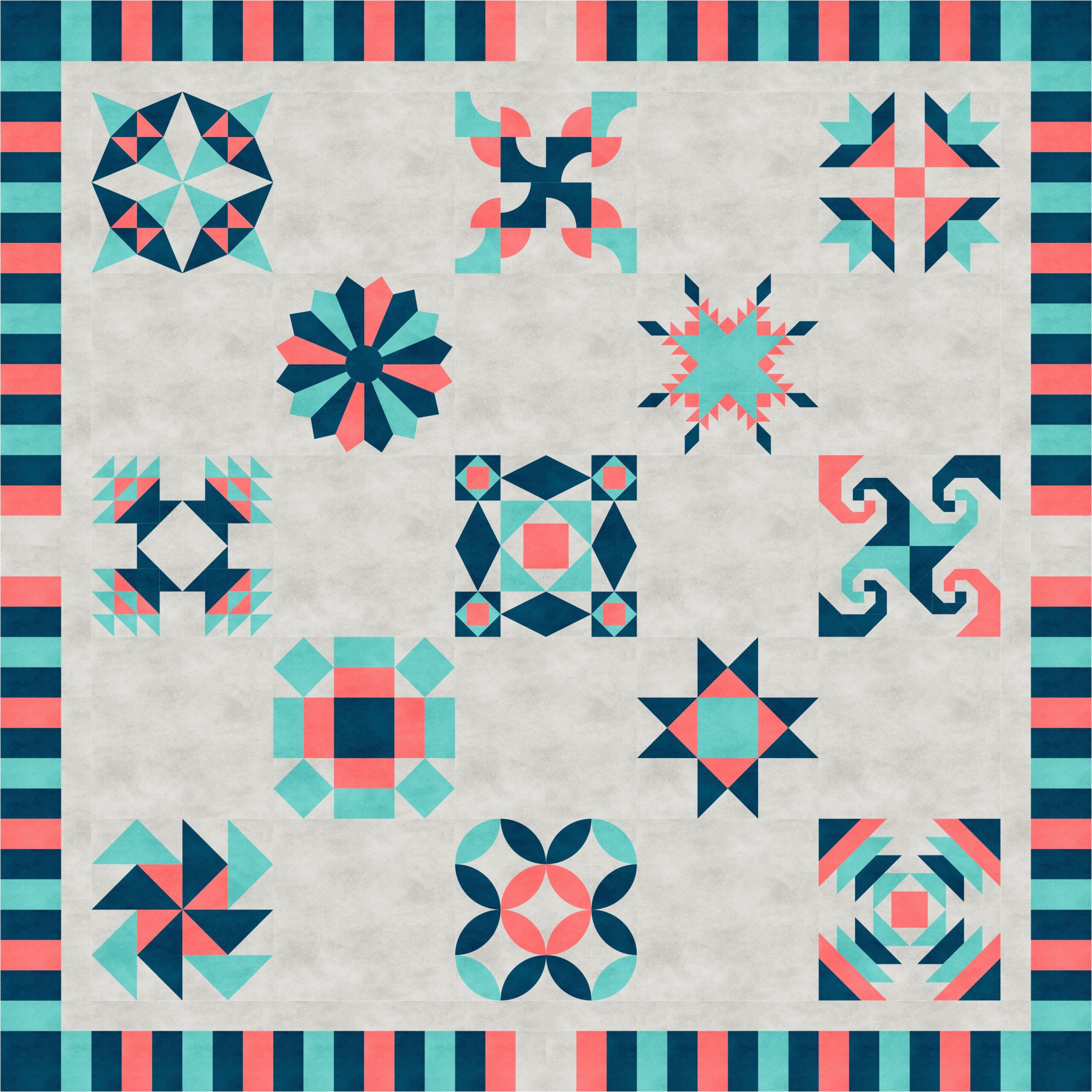
It’s 72″ x 72″ and suitable for quilt-as-you-go. Get fabric requirements for the sampler or look at the kit for another fun way to participate in Block 2019. Okay, back to the variations!
Last week we met Kaleidoscope. This week, we’re going to play with variations of Kaleidoscope and learn along the way what essential parts from the block must exist in its variations. Let’s start by look at the original.
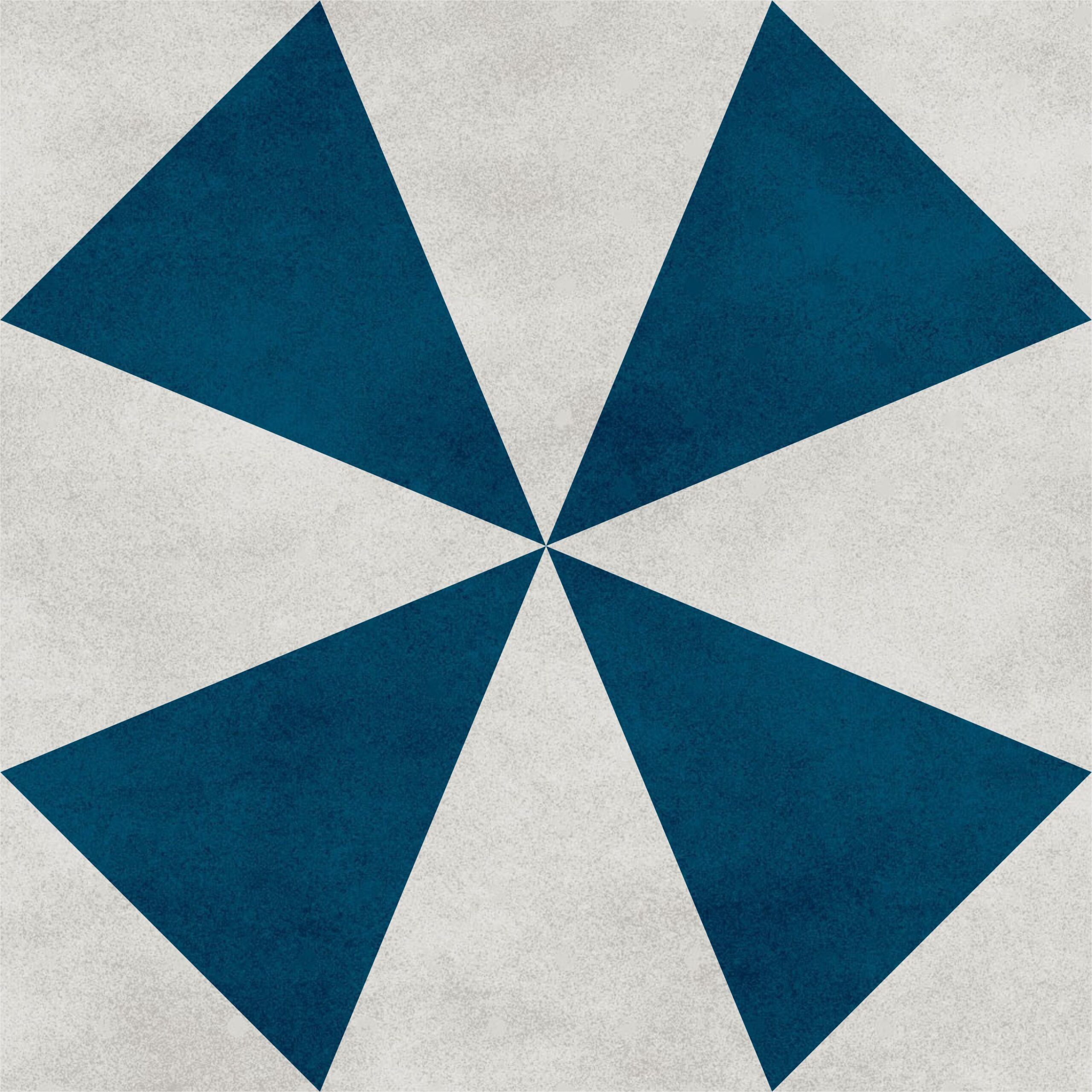
This is the most basic of Kaleidoscope blocks, and from it all other variations are built. This block has gone by many names throughout the years. According to Barbara Brackman in Encyclopedia of Pieced Quilt Patterns, the traditional Kaleidoscope block was published around the beginning of the 20th century. It was known by names like Octagons, Will of the Wisp, and The Windmill in the Kansas City Star in 1954. By the craft revival of the 70’s, brought on by the US Bicentennial in 1976, the block was published by quilt collector Jonathan Holstein and known as Kaleidoscope.

Four kite shapes like the one above create all Kaleidoscope variations. Now, let’s take a look at some block variations, and because a lot of the blocks create secondary designs, there are also mock-ups of what they look like set into quilts.
Kite
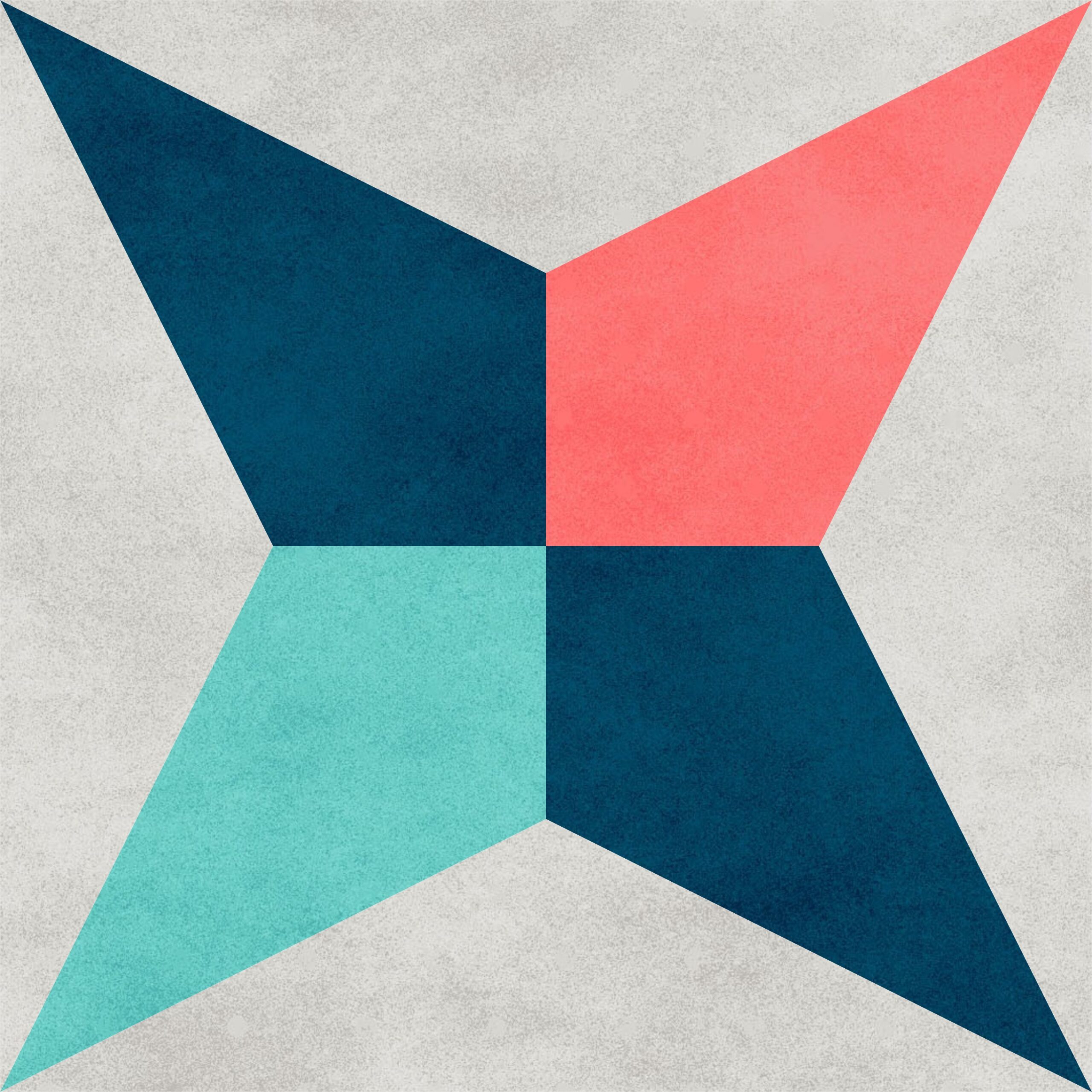
Brackman cites Clara Stone, a pattern contributor to the publication Hearth and Home, as the first publisher of this pattern in the early 1900s. This block uses four kite shapes, with the “top” of the kite pointed inwards, whereas Kaleidoscope uses four kite shapes with the “top” pointing outwards. However, the range of effects of the two blocks are similar when set into a quilt.

Here are three contest quilts from AQS QuiltWeek each one using a Kite block variation.

ROSES IN MAY by Masae Kashizaki
In this quilt, careful cutting of striped fabric elevates the simple block and creates focal points for the quilt.

SUGAR STACK STAR by Lorraine Olsen
This quilt features improvisational pieced, scrappy kite blocks. A small sashing matching the block background is broken up with red squares to create uniform order among the beautiful chaos.

ABEER’S GIFT by Carol W. Carpenter
In the pieced border of this quilt, a Kite variation, with the “top” of the kite made into the same fabric as the background, creates a twinkling star motif contributing to the ethereal feel of the quilt.
Dakota Star
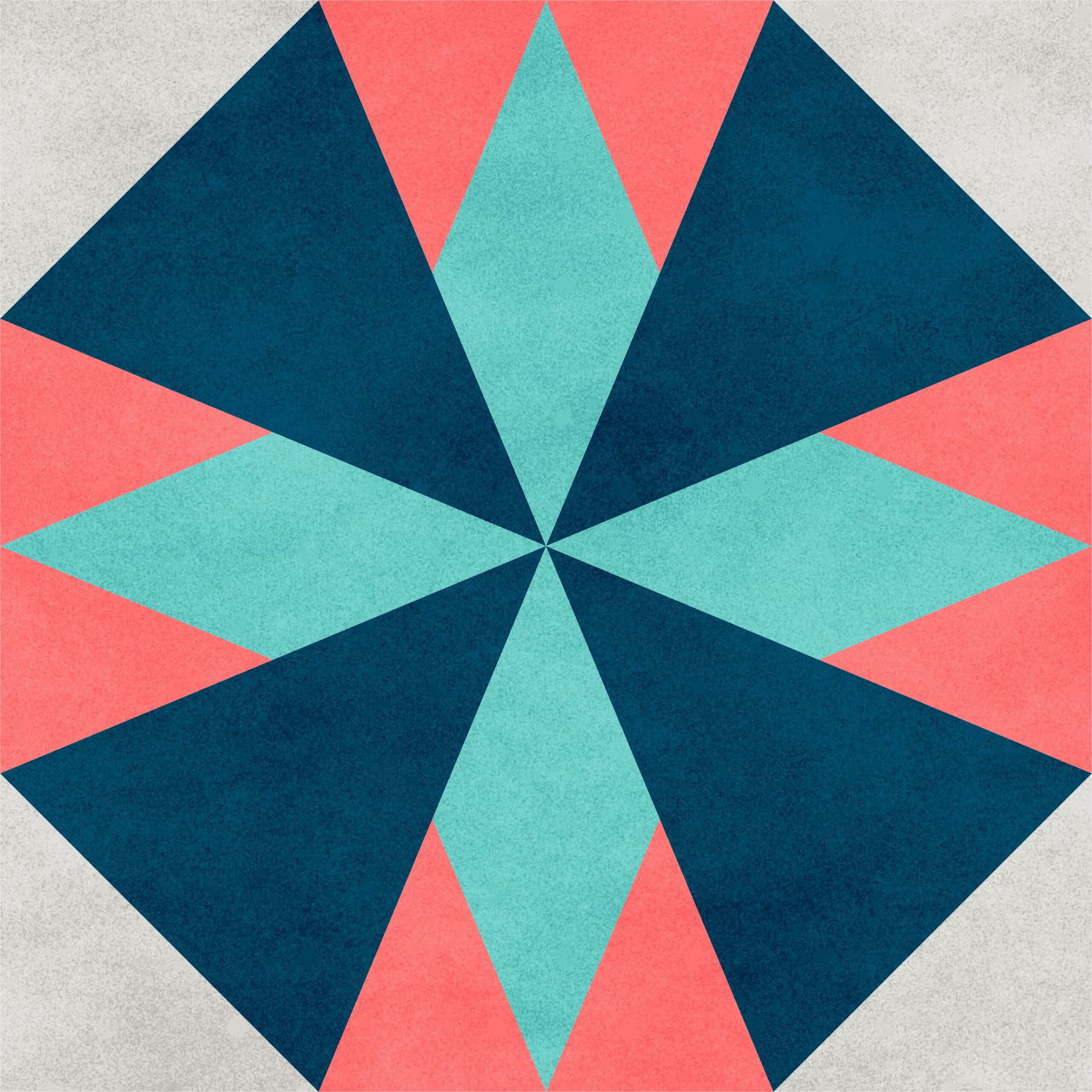
Dakota Star appeared in Hearth and Home, according to Brackman, sometime between 1885 and the 1930s. This Kaleidoscope variation features a diamond set into the triangles pointing in the cardinal directions. These diamonds create a secondary star within the block.

The blocks create a curved illusion merely by playing a little with the color placement.

With KALEIDOSCOPE by Jill Bryant, we see a block similar to Dakota Star set on point in the four blocks around the center. Diamonds set into the triangle wedges create a double star in the center of the block. Then, in the center and setting triangles is a block similar to Illinois Star block, another Kaleidoscope variation. And the eight blocks making up the outside of the center before the setting triangles is similar to a Star of Fortune block. And by using three different blocks all based on the same root block, the quilt creates variety and interest while still utilizing the optical illusion of curves that a Kaleidoscope block can create.
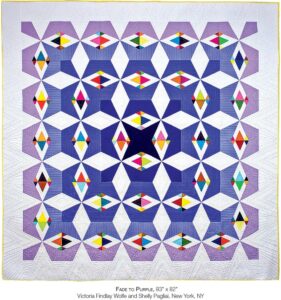
In her quilt, FADE TO PURPLE, we see Victoria Findlay Wolfe play with what happens when one puts a design in the triangle shape of the block. She places the design into two of the triangles in each block, although in different positions to create concentric squares, which echoes the gradated shades of purple. This quilt also shows how one can use color and value to emphasize the angular nature of the blocks, rather than allowing them to trick the eye into seeing curves where there are none.
Morning Star
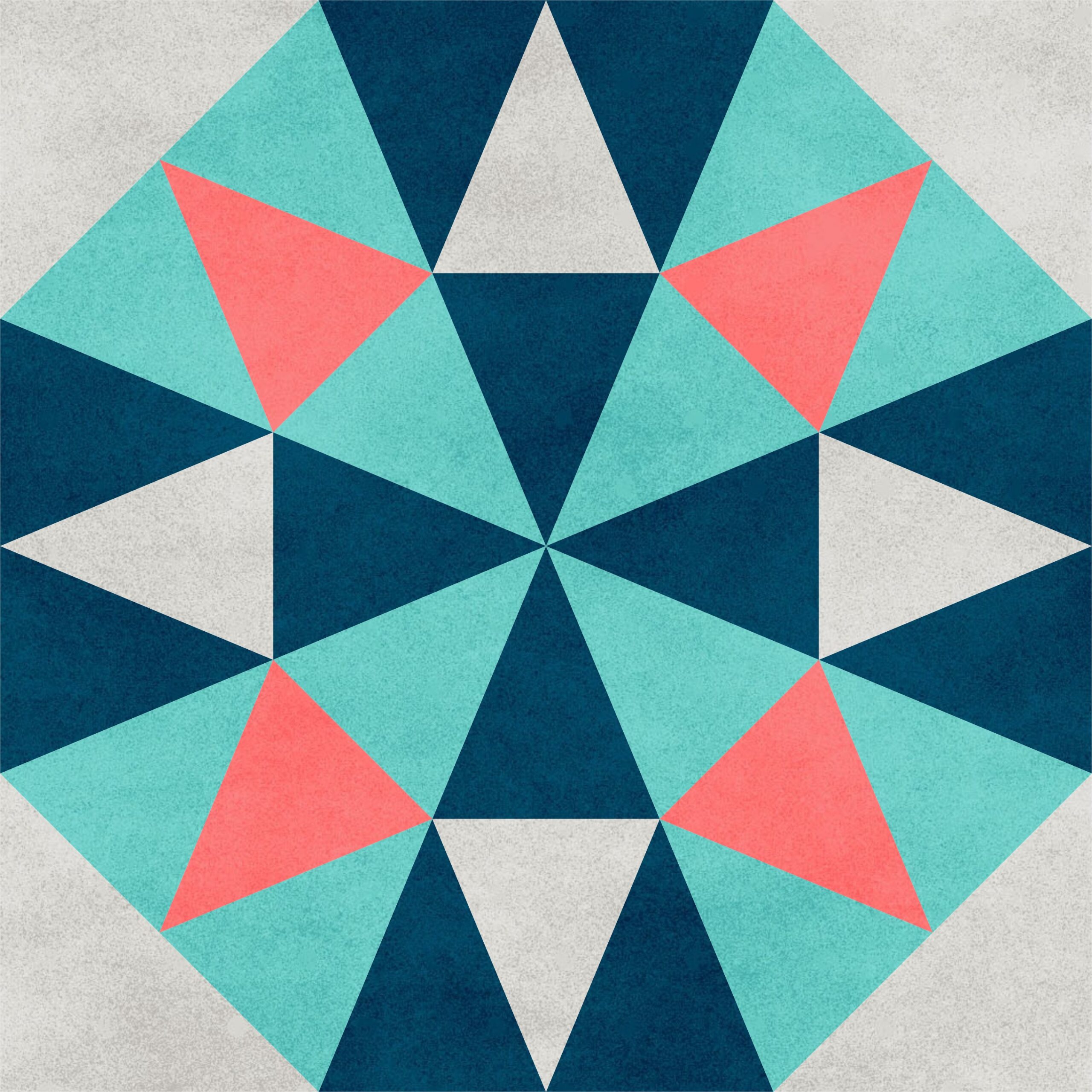
This block originally appeared in Capper’s Weekly in March of 1930. They called the block Kaleidoscope Quilt. The next year it appeared in the Kansas City Star newspaper under the name Morning Star, according to Brackman. The block features eight triangles, each one comprised of three smaller triangles, with four wide triangles in the corners.
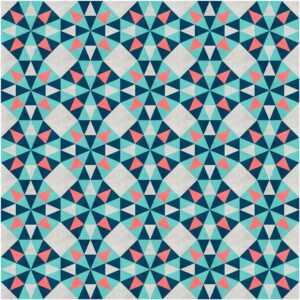
Together in a quilt with color placement emphasizing the optical illusion of curves, the block sparkles. There are several ways to play with the block through color and value placement to create other effects.

For example, LIGHT DESIRED by Mieko Arai. The quilt features this very block in two sizes, one half the size of the other. The blocks create variety throughout the quilt with the size differences and the random way the blocks are set. And then the color and value placement creates five areas of focus. The position of each patch in the quilt dictates the color and value.
Want to make the block but prefer a different construction method? No worries! For help turning FPP patterns into templates for traditonal piecing or for EPP, click here.
Kaleidoscope Quilts
Finally, let’s go back to the basic Kaleidoscope block.

This humble block can be used in so many ways to create stunning quilts. Here we see the block warped or paired with another shape to create variety. Most often simple color and value placement totally transform the block into a magical creation. Here are some beautiful examples from AQS QuiltWeek contests.

UNIVERSE by Masako Fukuda

SHOCK WAVE by Cyndi McChesney and Frank Palmer

Shifukuno Hitotoki by Masae Shibano

MAGELLANIC MAGIC by Stephanie L. Newman

HAPPY BOUQUET! by Taeko Kozuka
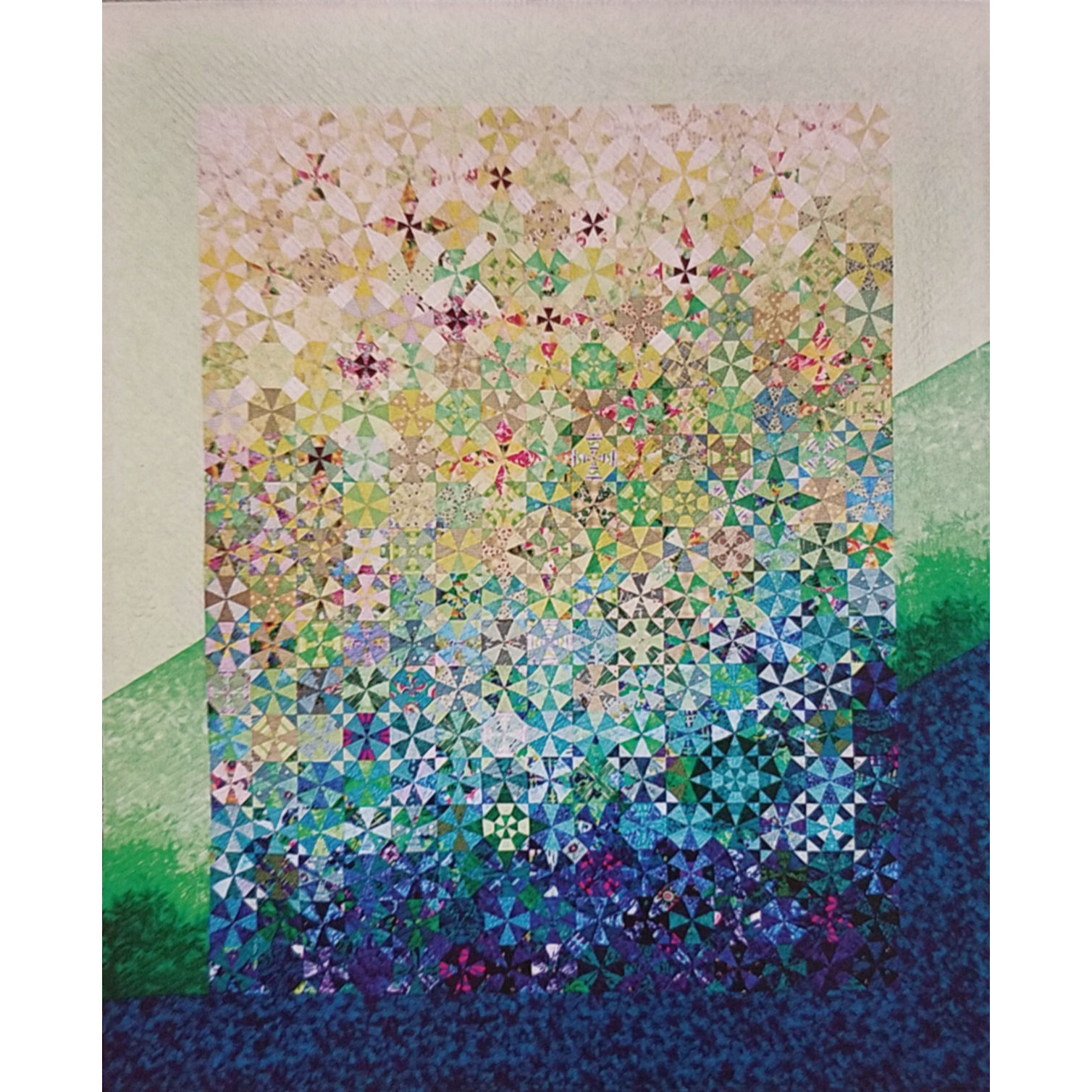
BRILLIANT GRASSLAND by Naomi Ohtomo
That’s all for now…
Check back next week, October 16th, for quilt-as-you-go ideas for quilting your Kaleidoscope block.
Looking for the rest of Block 2019? Click Here to return to the main post!
Show us your Kaleidoscope blocks and variations in the AQS Project Parade Facebook group, or use the hashtag #Block2019 and tag us @aqsonline because we can’t wait to see what you make!